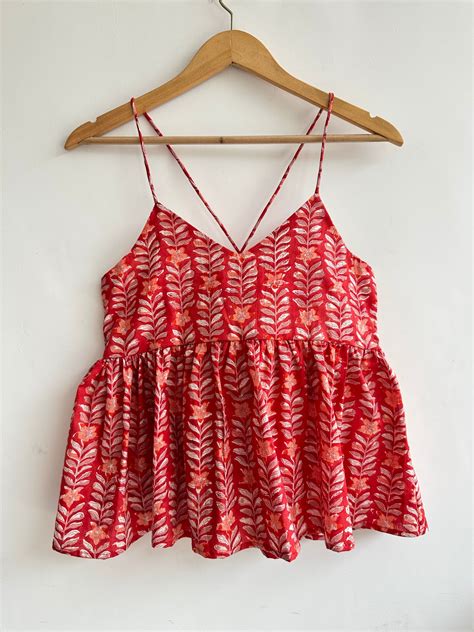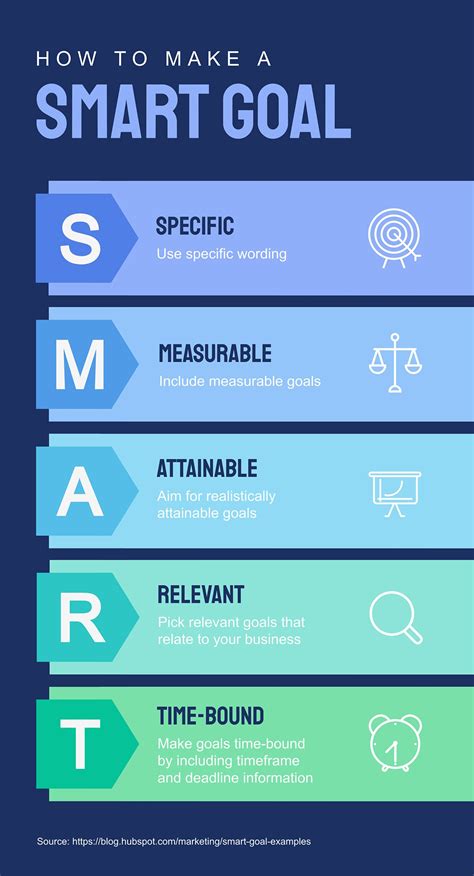Why Proper Footwear Matters for Long Runs
Long-distance running places significant stress on a runner’s body, particularly on the feet, ankles, knees, and hips. While training adaptations are crucial, the right pair of running shoes acts as your first line of defense against common injuries like runner’s knee, shin splints, plantar fasciitis, and stress fractures. For men tackling extensive mileage, selecting footwear that provides adequate support, cushioning, and fit is not just about comfort; it’s a critical component of injury prevention and sustained performance.
The cumulative impact of hundreds or thousands of steps during a long run can exacerbate underlying biomechanical issues or simply wear down your body without proper shock absorption and structural integrity from your shoes. Investing in the best shoes designed for long-distance comfort and protection is paramount.

Key Features to Look for in Long-Distance Running Shoes
Cushioning: The Foundation of Comfort and Protection
For long runs, cushioning is king. A generous amount of soft, yet responsive, foam in the midsole helps absorb impact forces, reducing strain on your joints. However, not all cushioning is created equal. Some shoes offer a plush, cloud-like feel, while others provide a firmer, more responsive ride that still protects but also offers a springier toe-off. The best choice depends on your personal preference and biomechanics, but ample cushioning is non-negotiable for sustained comfort over many miles.
Stability and Support: Addressing Pronation
Understanding your foot’s natural motion, specifically pronation, is vital. Pronation is the inward roll of your foot during impact. Runners typically fall into three categories:
- Neutral Pronation: The foot rolls inward minimally, distributing impact evenly. Neutral shoes are best.
- Overpronation: The foot rolls inward excessively, leading to potential instability and increased stress on the arch, shin, and knee. Stability shoes, with added support features, are recommended.
- Supination (Underpronation): The foot rolls outward, placing pressure on the outer edge. Highly cushioned neutral shoes are often best to compensate for poor natural shock absorption.
Many long-distance runners benefit from shoes that offer a degree of stability to gently guide the foot through a more efficient gait cycle, thus reducing the risk of overuse injuries.

Fit and Comfort: A Personalized Experience
No matter how advanced the technology, a shoe that doesn’t fit well will cause problems. Ensure there’s adequate room in the toe box (a thumb’s width between your longest toe and the shoe’s end), a snug midfoot, and a secure heel. Try shoes on later in the day when your feet are slightly swollen, and consider having a gait analysis done at a specialized running store. Comfort out of the box is a strong indicator of a good fit for long runs, as there’s little room for ‘breaking in’ discomfort over many miles.
Durability: Built for the Long Haul
Long runs mean high mileage, and your shoes need to withstand the test of time. Look for shoes with durable outsoles that resist wear and midsoles that maintain their cushioning properties over hundreds of miles. While some ultra-light race-day shoes sacrifice durability for speed, your everyday long-run trainers should be robust.

Top Recommendations (General Categories for Injury Prevention)
Highly Cushioned Neutral Shoes
For men with neutral pronation or those who supinate, these shoes prioritize maximum plushness and shock absorption. They often feature generous stack heights of soft foam, providing an incredibly comfortable ride that minimizes impact over long distances.
Stability Shoes for Overpronators
These shoes incorporate features like medial posts, guide rails, or J-frame designs to counteract excessive inward rolling of the foot. By providing targeted support, stability shoes help maintain proper alignment, reducing stress on the arches, ankles, and knees, which are common areas for injury in overpronators.

Responsive Long-Distance Trainers
Some runners prefer a balance between extreme cushioning and a more energetic feel. These shoes offer ample protection for long runs but also incorporate responsive foams or plates that provide a bit more pop, making them suitable for long tempo runs or marathon training where both comfort and speed are desired.
When to Replace Your Running Shoes
Even the best running shoes have a finite lifespan. Generally, most running shoes should be replaced every 300-500 miles, or roughly every 4-6 months for regular runners. Signs it’s time for new shoes include:
- Decreased cushioning and responsiveness.
- Visible wear on the outsole (worn-down treads).
- Aches and pains developing in your usual running spots.
- Creasing or breakdown in the midsole material.

Conclusion
Choosing the right running shoes is a critical step in preventing injuries and ensuring a long, enjoyable running journey, especially for men undertaking long distances. Focus on cushioning that suits your preference, stability that matches your pronation, a precise fit, and overall durability. By prioritizing these elements, you’ll equip your feet with the best possible protection, allowing you to conquer mile after mile with confidence and comfort.




